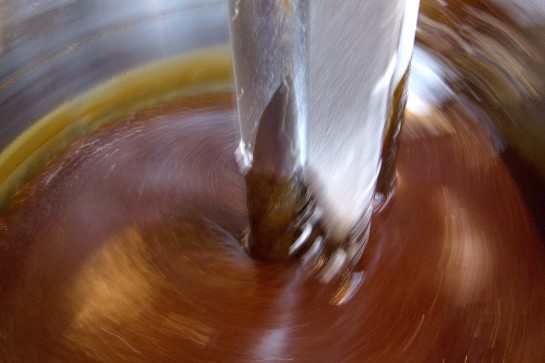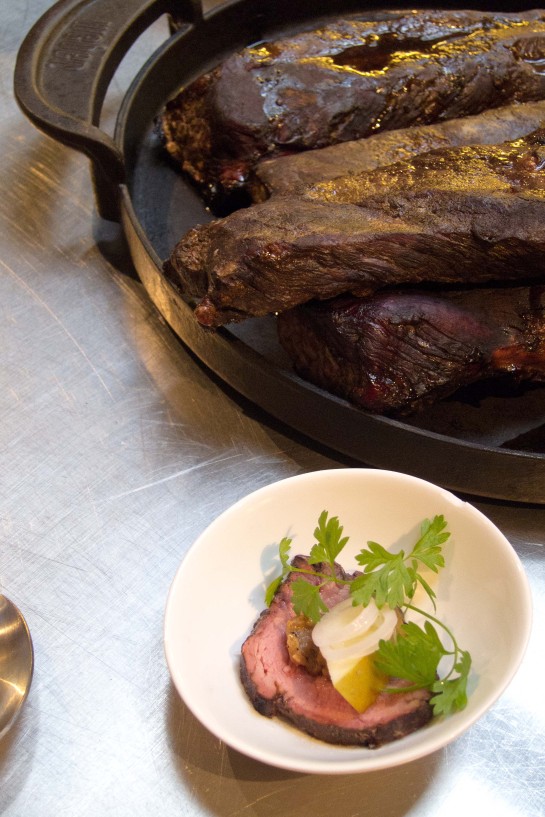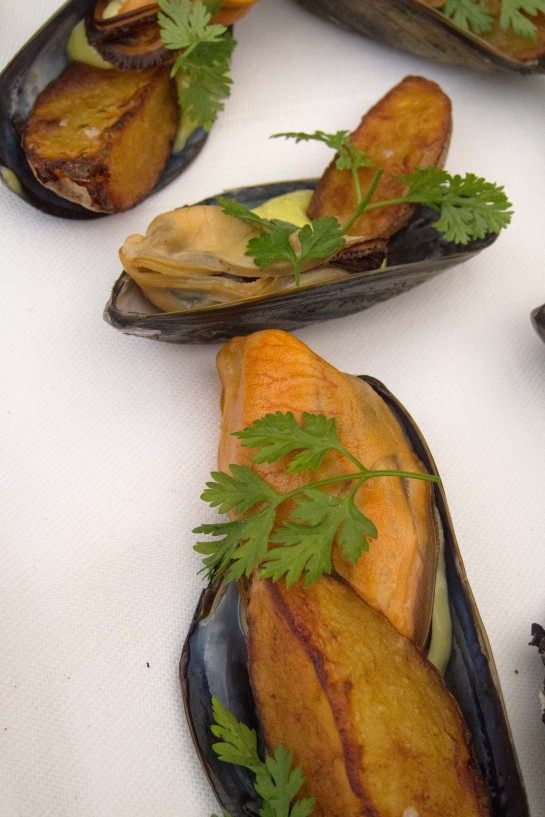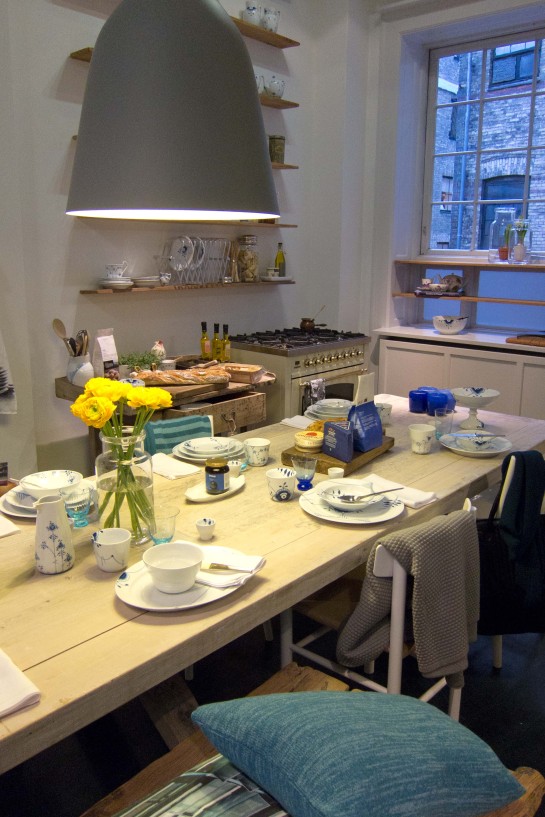
You couldn’t dream up a more British celebration than Guy Fawkes night, or Bonfire night as it’s commonly known. The French have Bastille Day, the United States have July 4th. Both mark the day when the establishment was overthrown, the triumph of successful revolution. In England, we celebrate the failure of anarchy, a plot foiled. Admittedly Fawkes’ intentions weren’t exactly to steal from the rich to give to the poor, entrench human rights in a written constitution or usher in democracy, but still.
Still, dubious roots aside, Bonfire night has to be the most fantabulous celebration of the year. For a start, no one has really worked out how to flog stuff for it. It’s a marketing department’s nightmare; a whole celebration with no bottom line benefit. Ha! Sure, locked fireworks cabinets appear in supermarkets, garages (gas stations) probably shift a few more bags of logs and hawkers stock up on glow sticks to flog to the crowds but there is no ‘Happy Bonfire night’ card, no big gaudy display of tat you don’t need and aren’t even sure you want. The closest you’ll get is a BOGOF deal on bangers (sausages, my non-British friends). It’s just pure, unadulterated fun, free from Hallmark sabotage and phrases like ‘bottom line’. My beloved Bonfire night flies in the face of corporate bullshit and that is why it is so special. Oh, and did I mention the fireworks?
As for Bonfire night food, it’s a time of year to indulge your childhood campfire fantasies. Sausages, jacket potatoes and marshmallows, all cooked over the fire and it’s better than a barbecue because everyone expects it to be cold and damp.
This year, inspired by a recipe Adolfo and I improvised over the ‘summer’, I thought I’d try something a little different: aubergines (or eggplants as they are known across the pond). The advantage of this recipe is that you can make it with the tiniest fire and therefore the tiniest of gardens – a disposable barbecue would work. And for very little effort and even less skill, you get something that tastes exquisite. The flesh becomes a melt-in-the-mouth smokey sensation. An explosion of taste.
Serves: as many as you need to
A selection of aubergines (eggplant) – whatever shapes and sizes take your fancy: allow 1/2 a large or 3 baby aubergines per person
A good glug of good olive oil
A sprig of rosemary, leaves stripped from the stem
2 cloves garlic, chopped
A generous pinch of sea salt

Lay the fire like a good girl guide (not that I would know, I was neither good nor a guide) with a pile of newspaper swirls, covered by a teepee of kindling with a log or two poised and ready over the top (or just cheat and use firelighters!).

Light and nurse to get a good flame going then let it burn until you have a bed of red-hot embers and a steady, gentle flame licking around your logs.
Gently heat the olive oil, rosemary and garlic in a frying pan until the aromas start to rise and scent the room, then set aside to cool.
Prick all the aubergines with a knife or skewer. Tear off a large strip of foil and pop an aubergine or two in the centre – I did two big aubergines per piece, or a handful of the littlies.
Test the oil to check it’s cool enough to handle and spoon over the aubergines, making sure to include some of the rosemary and garlic on each sheet. Give each aubergine a good rub to make sure it’s completely coated in oil and then scrunch the foil up and over the aubergines to make a little parcel. Pop another layer of foil over your parcel—better safe than sorry!

Hopefully by the time you’ve done this, your fire will be well and truly on its way. Pop the foil parcels on the embers as close to the flames as you can get them without putting the fire out and/or burning yourself. This is what barbecue tongs were made for.
I’m afraid cooking times are a little sketchy on this one. It’s really a case of size matters: both in terms of the fire and the aubergine. You should be able to hear the oil start to sizzle, and then enjoy a natter and a glass of wine something-completely-responsible-and-appropriate-for-someone-who-is-tending-a-fire before you have to worry—but do have a little check once in a while —we’re talking a ballpark of 15-30 minutes. I’d say check every 10, turning the aubergines inside the parcel if needs be. The skin should wrinkle, the flesh soften, the structure collapse. Sprinkle over the salt and tuck in!

 *disclaimer – the flowers are merely a bit of added pretty, I have no idea whether they are in fact suitable for use as a garnish.
*disclaimer – the flowers are merely a bit of added pretty, I have no idea whether they are in fact suitable for use as a garnish.

























